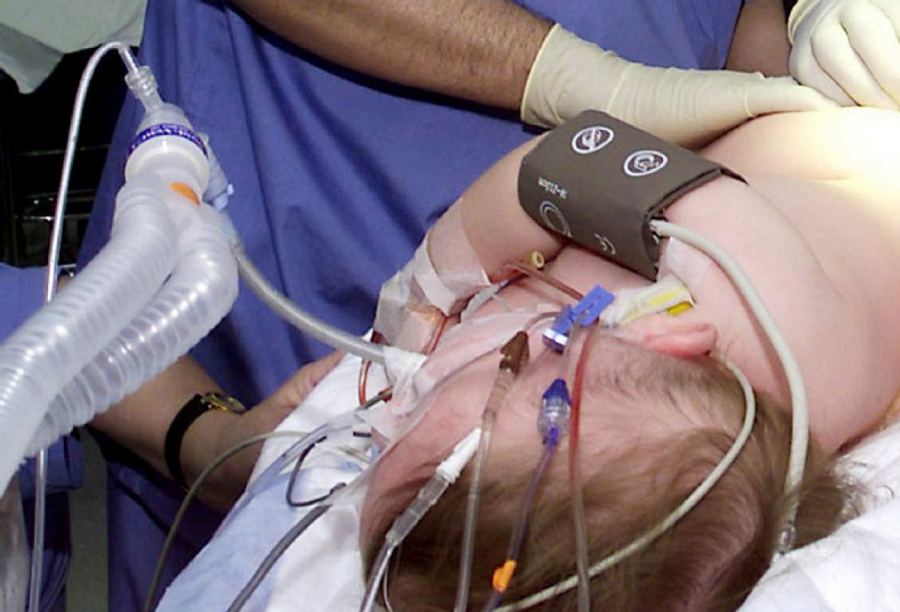The use of local anesthetics is common in routine dental procedures. In general terms, local anesthesia is a drug that is administered through an injection in your gums or cheeks that numbs part of your mouth. Before the injection is given, you may receive a numbing cream so that you don’t feel the needle. There are two main types of local anesthetic injections: block injections which numb an entire region of your mouth, and infiltration injections which numb a smaller, more specific area. After the procedure is over, the numbness from the injection can last for several hours. You may have difficulty talking, drinking, and eating while the area is still numb. Take care not to bite or otherwise injure the numb area until the anesthetics wear off.

The injection is commonly comprised of a few components. Lidocaine is the most commonly used numbing agent. Although people commonly refer to local anesthesia as novocain, this drug is not used anymore because newer drugs last longer and work better. In addition to the numbing agent, the injections also commonly include a vasoconstrictor to narrow blood vessels. This makes the numbness last longer. They also include a chemical to stop the vasoconstrictor from breaking down, sodium hydroxide to help the lidocaine work, and sodium chloride to help the drugs enter the blood.
There are very few side effects of local anesthesia, however systemic toxicity can occur with high doses. Bruising may occur at the site of the injection. You also may develop drooping of the eye or other parts of the face, but this should wear off when the numbness wears off. While there are few side effects, it is important to understand the risks and talk to your dentist if you have any concerns before receiving local anesthesia.

